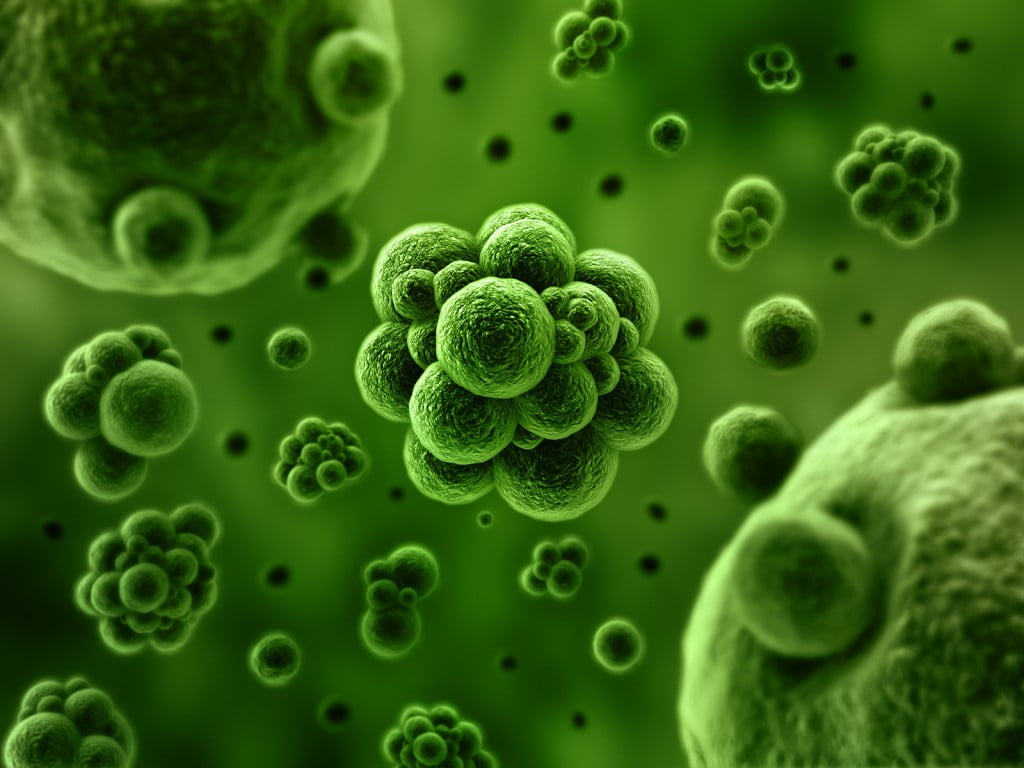In the frantic “arms race” between bacteria and modern medicine, bacteria have gained an edge. In recent decades, bacterial resistance to antibiotics has developed faster than the production of new antibiotics, making bacterial infections increasingly difficult to treat. Scientists worry that a particularly virulent and deadly “superbug” could one day join the ranks of existing untreatable bacteria, causing a public health catastrophe comparable with the Black Death.
Related articles
- Israeli Team Finds Mechanism For Producing Stem Cells Efficiently
- Israeli Researcher Discovers Cell-Destroying Protein That May Help Eradicate Cancer
Now research led by Doctor Udi Qimron of Tel Aviv University’s Department of Clinical Microbiology and Immunology at the Sackler Faculty of Medicine has discovered a protein that kills bacteria. The isolation of this protein, produced by a virus that attacks bacteria, is a major step toward developing a substitute for conventional antibiotics. “To stay ahead of bacterial resistance, we have to keep developing new antibiotics,” said Qimron. “What we found is a small protein that could serve as a powerful antibiotic in the future.”
“The enemy of my enemy is my friend”
Bacterial resistance is a natural process. But over the past 60 years or so, the misuse and overuse of antibiotics has pushed more and more bacteria to become resistant, undermining one of the pillars of modern health care. Recently, the World Health Organization named growing antibiotic resistance one of the three greatest threats to public health.
Bacteriophages, often referred to as “phages,” are viruses that infect and replicate in bacteria. Because they co-evolved with bacteria, they are optimized to kill them. As proof of their endurance, phages are the most common life form on earth, outnumbering bacteria 10 to one. In places like the former Soviet Union, phages have been used to treat bacterial infections for the past hundred years. Harmless to humans, they inject their DNA into bacteria and rapidly replicate, killing their hosts.
“Ever since the discovery of bacteriophages in the early 20th century, scientists have understood that, on the principle of the ‘enemy of my enemy is my friend,’ medical use could be made of phages to fight viruses,” Qimron explained.
Sign up for our free weekly newsletter
SubscribeFinding the right piece of the puzzle
Dr. Qimron and his colleagues set out to understand how all 56 proteins found in a particularly virulent phage called T7, which infects E. coli bacteria, contribute to its functioning. They discovered that one of the proteins, called 0.4, impedes cell division in E. coli, causing the cells of the bacteria to die. The protein is common to many bacteria and a similar process occurs in all bacteria, so the finding may have wide application.
No bacteriophage preparation has been approved in Western medicine for treating systemic bacterial infections. One reason is their inability to penetrate body tissues effectively. They are filtered effectively from the bloodstream by the spleen and liver, and occasionally neutralized by antibodies. But the 0.4 protein is much smaller than a whole phage, and so should be able to penetrate tissue better, getting to the bacteria to do its deadly work.
The major challenge for pharmaceutical companies will be figuring out exactly how to deliver the protein as a drug, said Qimron. In the meantime, he continues to hunt for other proteins that kill bacteria.
Doctor Ido Yosef, Ruth Kiro, and Shahar Molshanski-Mor of TAU’s Sackler Faculty of Medicine and Doctor Sara Milam and Professor Harold Erickson of Duke University contributed to the research, published in the Proceedings of the National Academy of Sciences.
Photo: Bacteria spheres 3d illustration by Bigstock
Related posts

Israeli Medical Technologies That Could Change The World

Harnessing Our Own Bodies For Side Effect-Free Weight Loss

Missing Protein Could Unlock Treatment For Aggressive Lung Cancer




Facebook comments